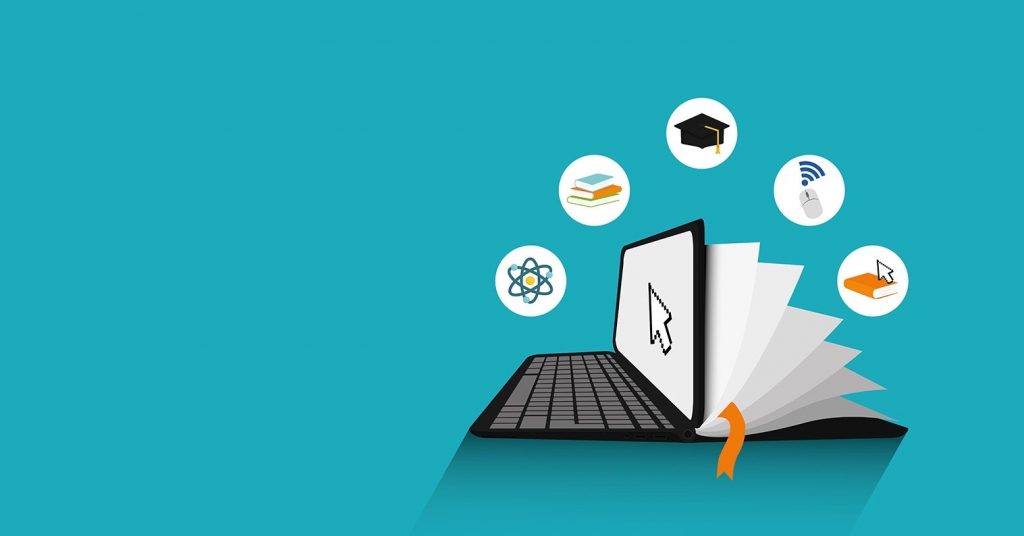Social media has transformed the way teenagers communicate, learn, and interact with the world around them. While these platforms offer opportunities for connection and self-expression, they also present significant challenges that can impact mental health. For teenagers, navigating the pressures of social validation, online bullying, and exposure to curated lifestyles can result in emotional distress.
This article explores how social media affects teen mental health, the potential risks, and actionable steps parents, educators, and policymakers can take to create healthier digital environments.
Understanding the Effects of Social Media on Teen Mental Well-Being
1. Emotional and Psychological Strain
Teenagers often use social media to compare themselves to others, which can lead to feelings of inadequacy and low self-worth. The highlight reels of peers and influencers create unrealistic standards that many feel pressured to emulate.
- Body image concerns: Frequent exposure to edited and filtered images can contribute to body dissatisfaction.
- Fear of missing out (FOMO): Seeing peers engage in social activities without them can exacerbate feelings of loneliness and exclusion.
2. Cyberbullying and Online Harassment

One of the most concerning impacts of social media is the prevalence of cyberbullying. Unlike traditional bullying, online harassment can be relentless and difficult to escape.
- Anonymous attacks: Many platforms allow users to post comments or messages anonymously, enabling bullying without accountability.
- Psychological effects: Victims often experience anxiety, depression, and in severe cases, suicidal ideation.
3. Sleep Disruption and Cognitive Impacts
The addictive nature of social media often leads to excessive screen time, disrupting essential sleep patterns.
- Blue light exposure: Prolonged use of devices can interfere with the production of melatonin, affecting sleep quality.
- Reduced focus: Teens who spend hours scrolling through feeds may struggle to concentrate on academics or other important activities.
Social Media’s Positive Potential
While the risks are significant, social media can also provide benefits when used mindfully:
1. Fostering Connections

For many teens, social media serves as a lifeline to maintain friendships and build new relationships, especially during times of physical separation.
- Support groups: Online communities can provide a safe space for teens dealing with challenges such as mental health issues or marginalized identities.
- Creativity and self-expression: Platforms like TikTok, Instagram, or YouTube enable teens to showcase talents, share ideas, and build confidence.
2. Access to Resources
Social media can serve as a powerful tool for education and mental health advocacy.
- Mental health campaigns: Accounts focused on wellness share valuable coping strategies and destigmatize seeking help.
- Learning opportunities: Teens can explore topics ranging from art to activism, expanding their knowledge and worldview.
Strategies to Mitigate the Negative Effects
1. Encouraging Healthy Digital Habits

Teaching teenagers to use social media responsibly is essential for mitigating its adverse effects.
- Time management: Apps like “Screen Time” or “Digital Wellbeing” help track and limit usage.
- Content curation: Encourage teens to follow accounts that inspire positivity and unfollow those that trigger comparison or negativity.
2. Promoting Open Communication
Parents and educators must create safe spaces where teens feel comfortable discussing their digital experiences.
- Regular check-ins: Ask about their online interactions without judgment.
- Modeling behavior: Adults should demonstrate healthy social media usage to set an example.
3. Implementing Technological Safeguards
Social media companies have a role to play in protecting teen mental health.
- Stronger moderation: Platforms can enhance algorithms to flag harmful content, such as cyberbullying or graphic images.
- Parental controls: Features like restricted profiles allow guardians to monitor and limit access.
The Role of Education and Policy
1. Integrating Digital Literacy into Curriculums
Teaching digital literacy in schools can empower teens to navigate online spaces safely.
- Critical thinking skills: Help them recognize misinformation and resist peer pressure to conform.
- Privacy awareness: Educate about the risks of oversharing personal information.
2. Advocating for Mental Health Resources
Schools and community organizations should ensure access to mental health services for students struggling with the psychological effects of social media.
- Counseling programs: On-site counselors trained in digital issues can provide tailored support.
- Peer mentors: Older students can act as role models to guide younger peers in positive social media use.
3. Strengthening Regulations

Policymakers must hold social media companies accountable for creating safer environments.
- Age-appropriate content: Stricter guidelines to prevent harmful content from reaching younger audiences.
- Transparency: Requiring platforms to disclose how algorithms impact user behavior and mental health.
Conclusion
The influence of social media on teenage mental health is undeniable, presenting both opportunities and challenges. By fostering awareness, promoting responsible use, and advocating for systemic changes, we can help the younger generation harness the positive potential of digital platforms while minimizing harm.
What do you think about the role of social media in today’s society? Share your insights and experiences in the comments below, and visit our website for more expert advice on mental health and wellness. Together, we can build a healthier digital future for everyone.

Leave a Reply